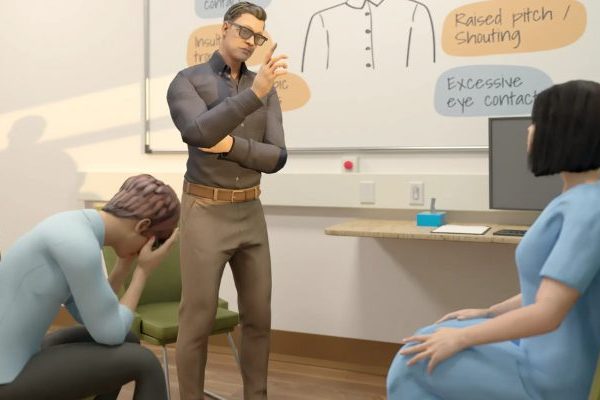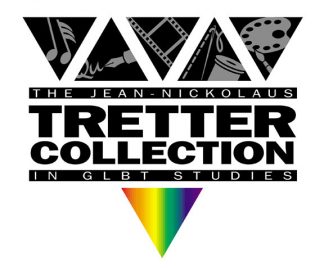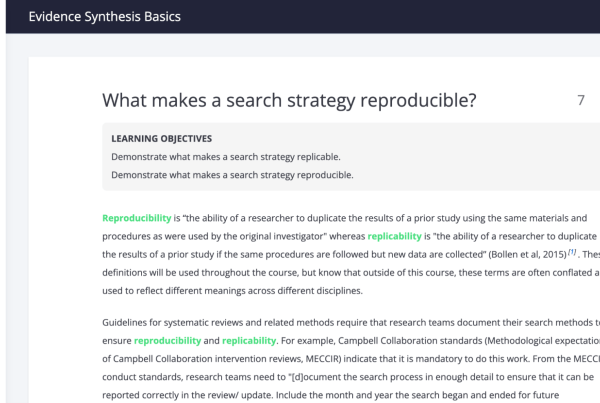The Wangensteen Historical Library of Biology and Medicine (WHL) contains about 8,000 artifacts and 73,000 books on the history of health. In the summer of 2023, Molly Laumakis worked as a WHL intern, arranging and processing a newly-acquired archival collection. Read on to learn more about her work and what she found!
By Molly Laumakis
The Wangensteen Historical Library of Biology and Medicine (WHL) recently purchased the archival collection of Jesse “Jess” L. Klingman, a traveling salesman of medical equipment working in the upper Midwest before and during the Great Depression. Klingman’s letters complement and contextualize the many medical instruments housed in the Wangensteen’s artifact collection, showing how equipment was introduced, sold, and used in early 20th century clinical practices. Upon opening the box from the seller, however, I was greeted with unorganized stacks of letters wrapped in plastic sleeves – only those from Klingman’s employer, the J. F. Hartz Co., had been set aside – and I was faced with the main challenge of new archival acquisitions: How will I organize this collection most conveniently for future researchers?
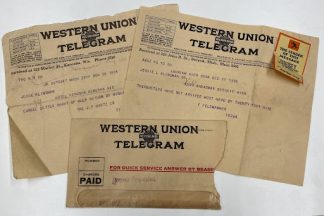
The archive includes a variety of documents of contextual and material historical interest, like these telegrams.
As an intern at the Wangensteen, my primary project has been the processing of these letters, organizing the collection and contributing to the archival record and finding aid. Consulting with our curators on how to best preserve the provenance of the archive, I chose to process the letters chronologically, recognizing that Klingman’s movements can be traced by his ever-changing addresses. As I unfolded the letters, I discovered other notes of business from friends at hospitals and institutions across the Midwest, expanding the record of medical instruments he sold and outlining relationships with customers and his employers. Some letters even reveal the introduction of new medical technologies, like stronger clamps for use in appendectomies in the 1920s. Klingman’s time in the upper Midwest, especially including the Twin Cities and Duluth, contributes to the rich history of medicine and medical technology in Minnesota that students of the University have access to through the Wangensteen, and it has been my job to draw out key terms of historical interest that will guide future researchers to these materials within broader searches of the University’s library database.
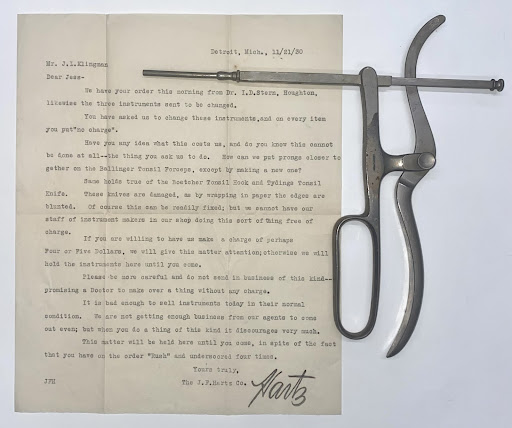
Some letters, such as the one pictured, reveal details about Klingman’s workplace dynamics. Also pictured is an example of an instrument that Klingman would have sold: a Tydings tonsil snare, from the Wangensteen Historical Library’s artifact collection.
It’s a challenging but fruitful experience to work backwards from an historical research mindset, rounding out my education as a historian by being on the other side of requesting and perusing the archival boxes. I know I won’t be the one telling Klingman’s story, that it will be up to other historians to draw on this collection for essays and capstone projects. But knowing that I have helped make this archive accessible to the widest audience for the historical subjects it illuminates gives me confidence that others will find it an interesting and enlightening collection.
Molly Laumakis is a rising senior at the University of Chicago. She was awarded a Jeff Metcalf Fellowship Grant and a Humanities Grant from UChicago to participate in a summer internship at the Wangensteen Historical Library. After her internship concludes, Molly has received funding to spend three weeks in the United Kingdom conducting archival research, utilizing the skills she has gained at the Wangensteen.


